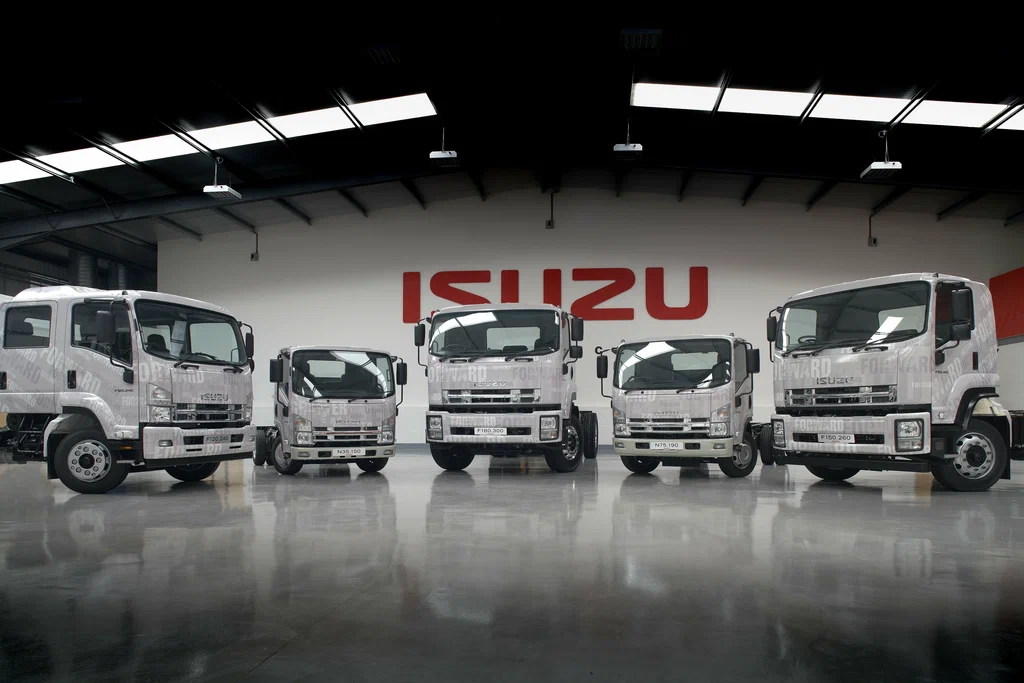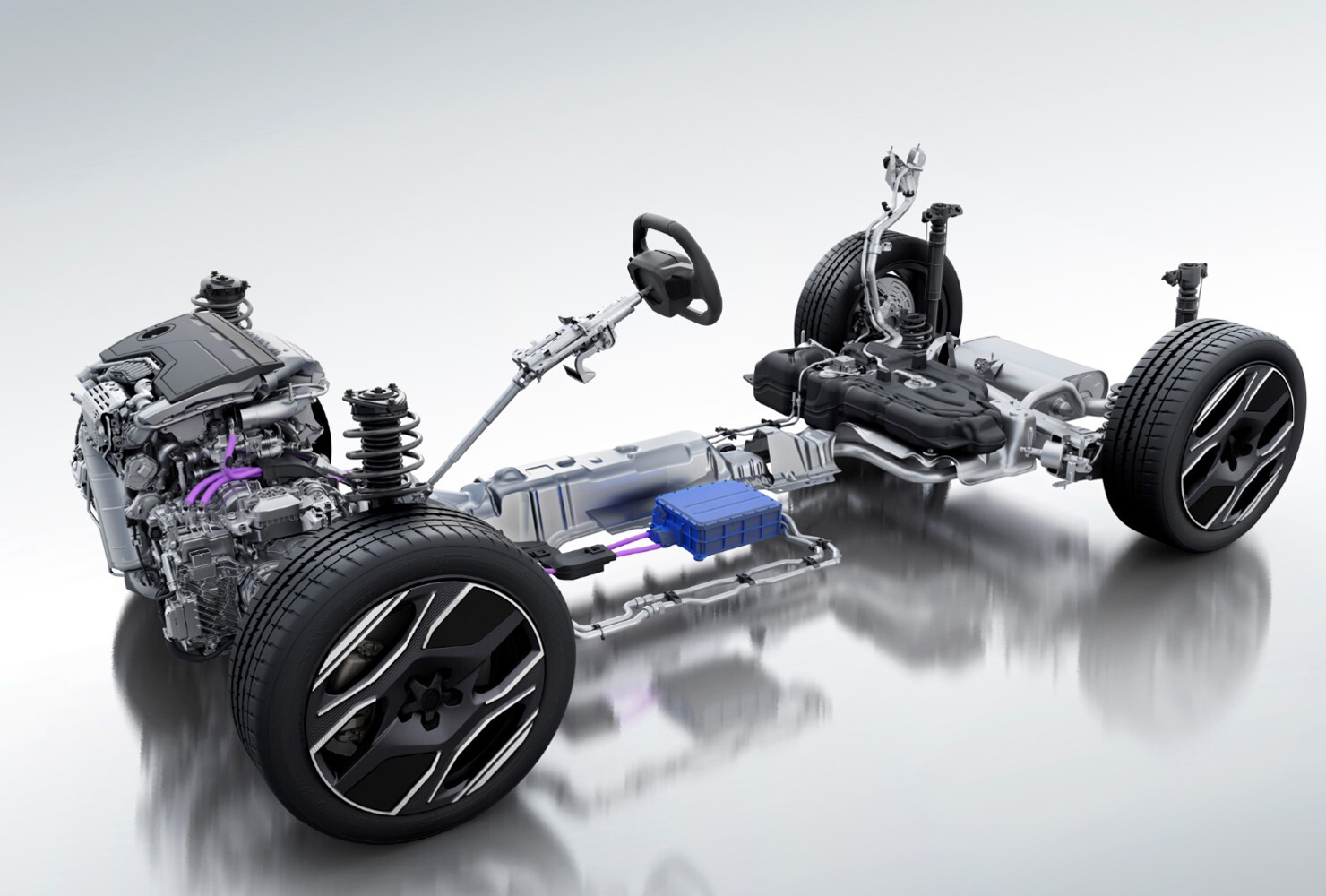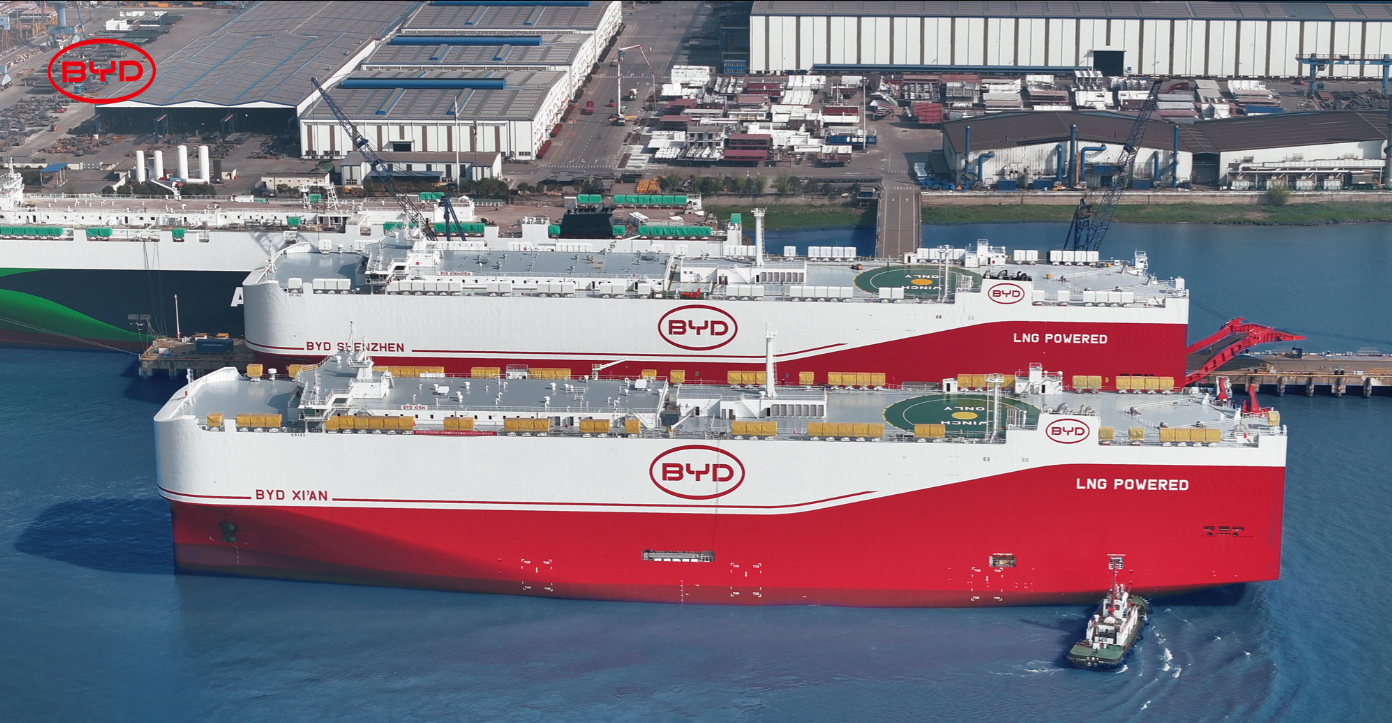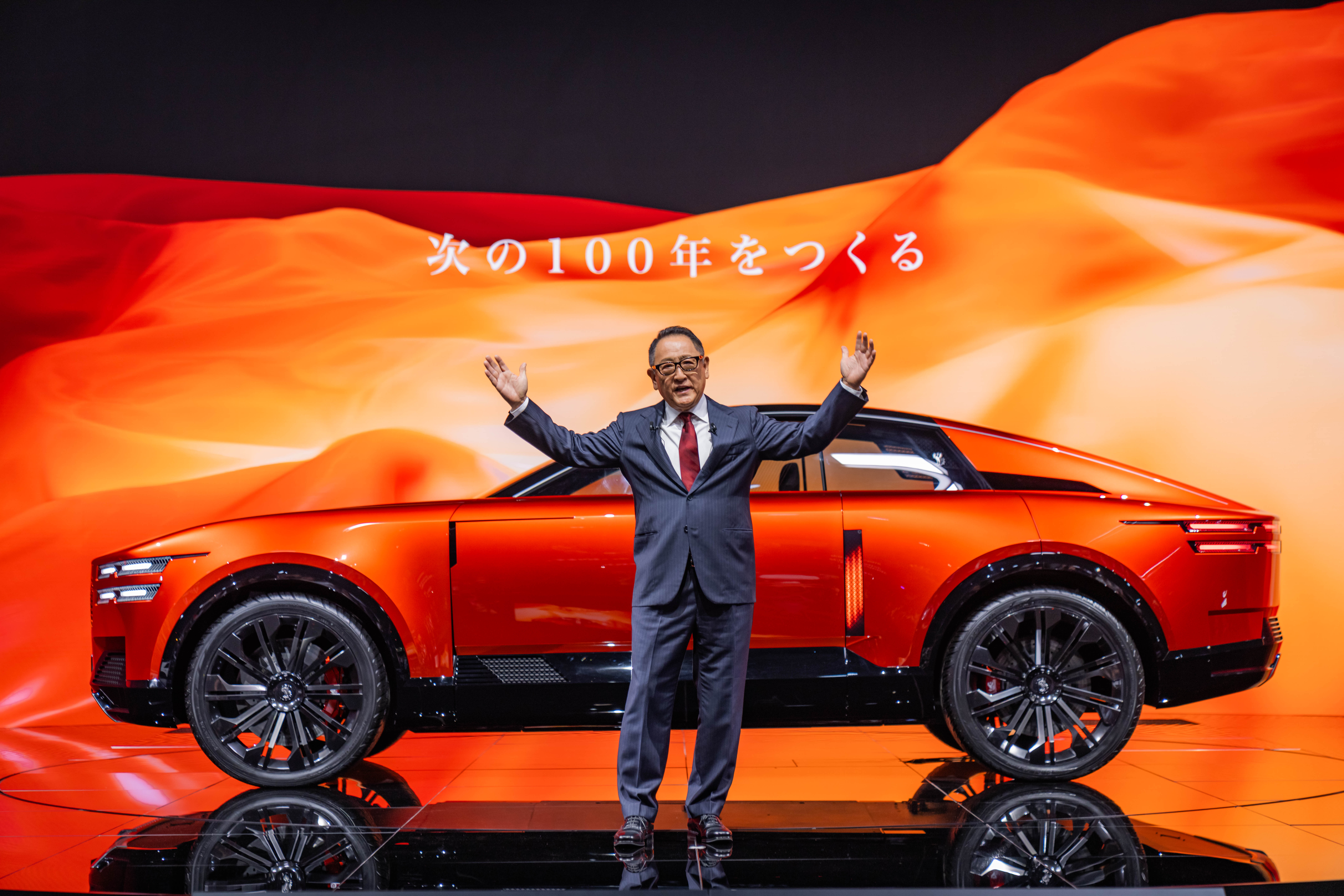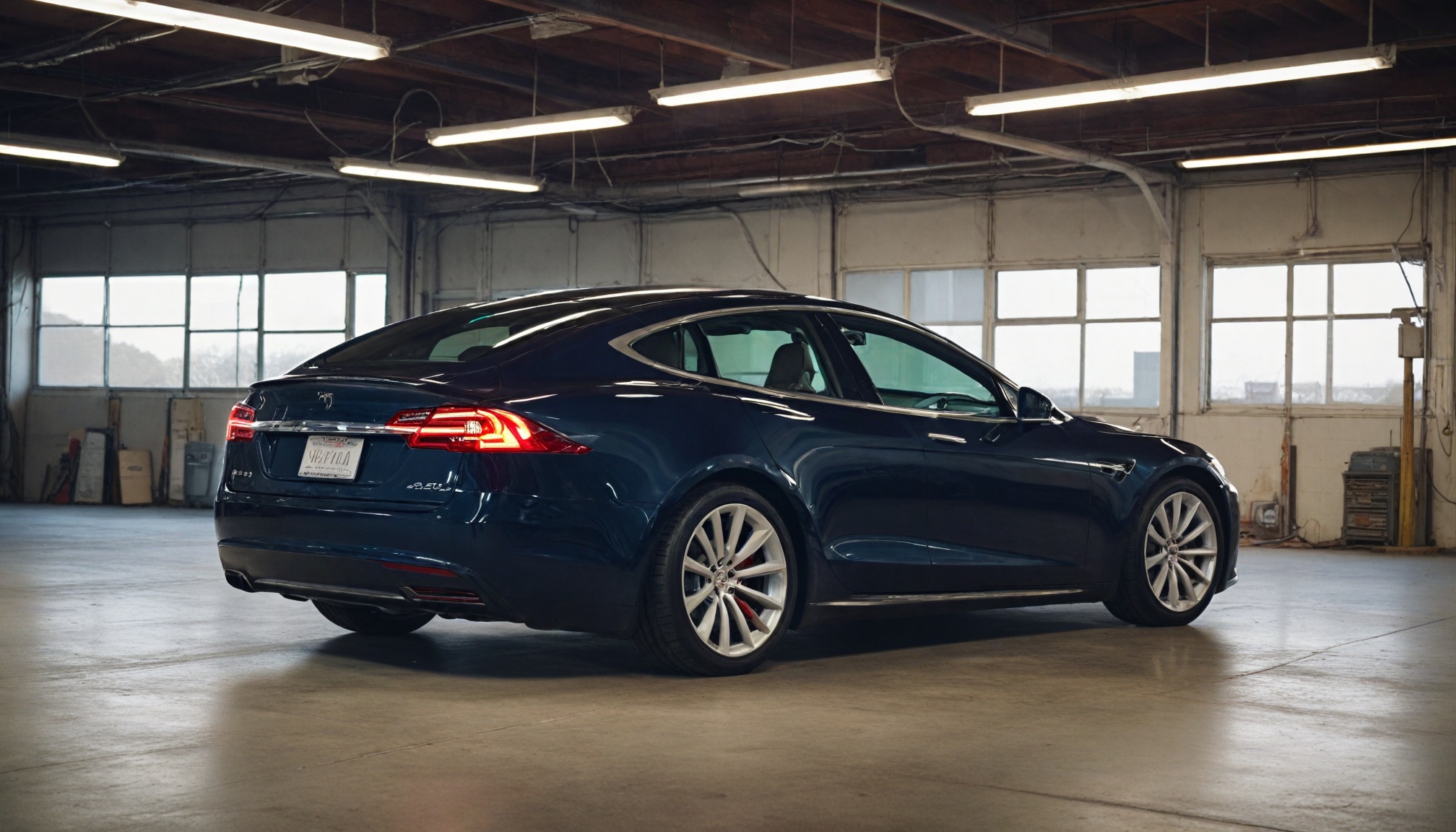
Tesla faces existential challenges with declining sales, profit plunge, and questions about leadership as Elon Musk divides attention across multiple ventures while competitors gain ground.

Drivetech Partners
Tesla stands at a critical inflection point as its sales decline and pressure mounts over CEO Elon Musk's divided attention across multiple ventures including SpaceX, X (formerly Twitter), and Neuralink. The EV pioneer, once seemingly unstoppable, now faces existential questions about its ability to maintain market leadership and innovation momentum if its visionary founder were to step back from day-to-day operations.
Key Takeaways
Tesla experienced its first annual sales decline in 12 years during 2024, with profits plummeting 71% amid weakening demand
The company's market valuation includes a substantial "Elon Musk premium" that could evaporate if he steps away from leadership
Tesla's innovation culture remains a key competitive advantage that any leadership transition must preserve
Despite current challenges, Tesla maintains significant manufacturing scale advantages with facilities across the US, China, and Germany
Diversification beyond vehicles into energy storage, solar products, and autonomous driving technology represents a crucial opportunity
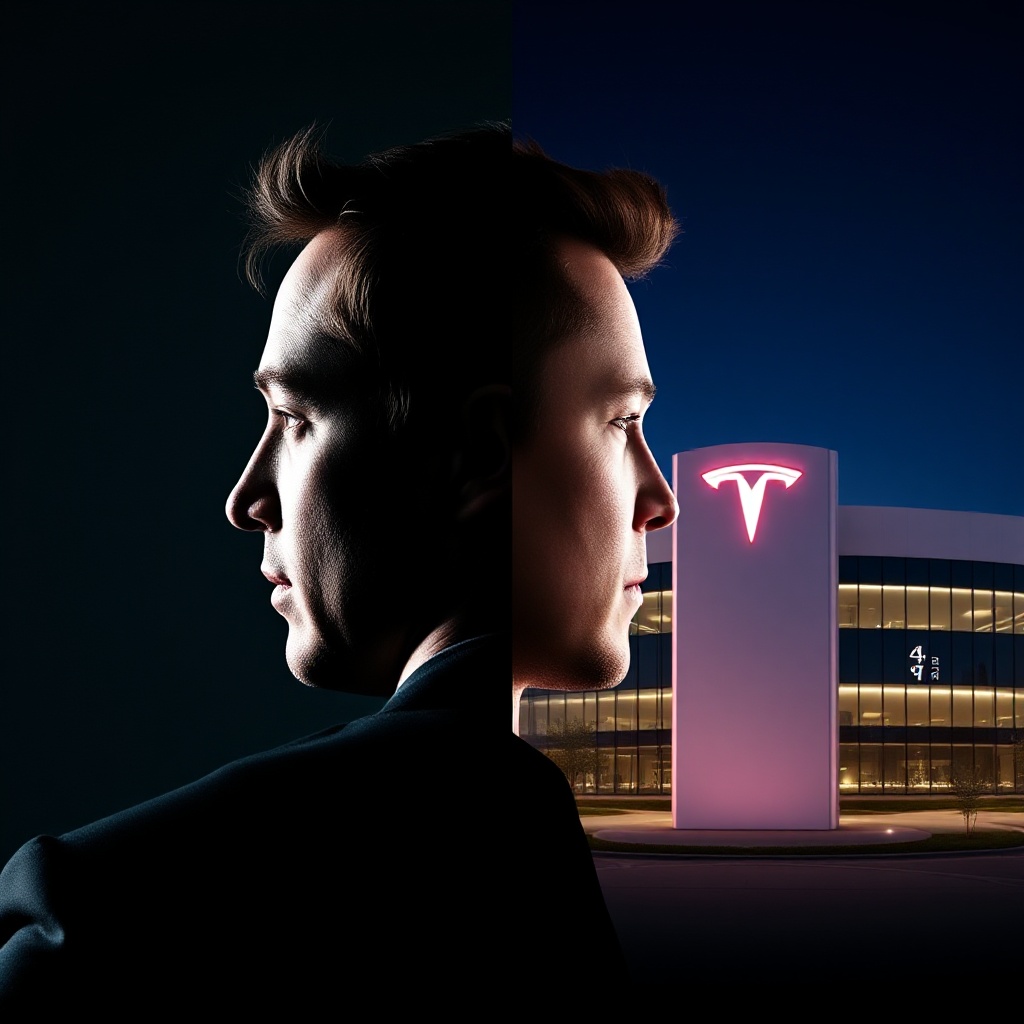
Tesla's Deepening Performance Crisis
The numbers tell a sobering story for the EV giant. Sales tumbled 13% in Q1 2025 to just 336,681 vehicles—Tesla's lowest quarterly figures since 2022. This represents a dramatic 32% drop from Q4 2024 when Tesla delivered 495,570 vehicles. US sales are particularly concerning, with Cox data showing 128,100 vehicles delivered in Q1 2025, down 8.6% year-over-year.
The decline isn't limited to a single quarter. 2024 saw Tesla record its first annual sales drop in 12 years with a 1.1% decrease to 1,789,226 vehicles. More alarming for investors, profits collapsed 71% due to weak sales and what some analysts describe as "anti-Musk sentiment." The Q2 2024 profit of $1.5 billion represented a 45% drop from the same period in 2023, further impacted by a $622 million restructuring charge.
Market Position Under Threat
Tesla's era as the uncontested EV leader appears to be ending as its market share decreases. Chinese manufacturer BYD superseded Tesla as the world's biggest producer of EVs in late 2023, signaling a shift in the competitive landscape. The broader EV industry faces multiple challenges including oversupply, price wars, falling profitability, and geopolitical tensions—with US and EU tariffs against Chinese manufacturers adding complexity to global markets.
Tesla's operational margin dropped dramatically to 8.2% in Q4 2023 from 16% in Q4 2022, highlighting severe profit pressure. The company continues to rely heavily on its Model 3 and Model Y vehicles, which account for 95% of deliveries (1,704,093 units in 2024). Geographically, the US (654,888 vehicles) and China (603,304 vehicles) remain Tesla's biggest markets based on 2023 data.
The "Elon Musk Premium" Problem
Financial analysts suggest Tesla's $1.3 trillion market cap (end of 2024) includes a substantial "Elon Musk premium"—a valuation boost tied directly to the founder's perceived value to the company. While Tesla's P/E ratio dropped from approximately 80 at the end of 2023 to 43.6 by February 2024, it remains far above the industry average of 11.51, highlighting investor expectations that may not be sustainable.
Investor concerns have grown as Musk's attention splits between Tesla, SpaceX, X (Twitter), Neuralink, and other ventures. The stock price has declined more than 50% from its peak as Tesla falls short on market expectations. Increasingly, Musk's unconventional public statements and management style are viewed as potential liabilities rather than assets, raising questions about the company's leadership future.
Preserving Tesla's Innovation DNA
Any discussion of Tesla's future without Musk must acknowledge the company's remarkable innovation culture. Tesla ranked among Boston Consulting Group's "50 World's Most Innovative Companies of 2023," built on flatter corporate structures, intellectual courage, and empowered employees who can challenge the status quo.
This culture of continuous innovation has been a key competitive advantage, enabling Tesla to move quickly and adapt to market changes. The company's testing methodology includes customer-facing features operating in Beta mode as part of a learning environment—an approach that has accelerated development cycles. Tesla employs a collaborative innovation review process where ideas are assessed by a steering committee to identify customer benefits.
The central challenge in any leadership transition would be maintaining this innovation culture without Musk's direct influence and vision. The company's entire identity is built around pushing boundaries and challenging conventional wisdom—traits personified by its founder.
Leadership Transition Blueprint
Should Musk step down, Tesla would face critical decisions about its leadership structure going forward. The company could pursue either a single strong CEO model or an executive committee approach, each with distinct advantages and challenges. The importance of a clear transition timeline and transparent communication with stakeholders cannot be overstated.
Other tech companies offer precedents for successfully transitioning from founder leadership. Apple's evolution after Steve Jobs and Microsoft's transition beyond Bill Gates provide potential templates. Critical factors in selecting new leadership would include industry experience, innovation mindset, and operational discipline.
One viable approach might allow Musk to maintain strategic influence while relinquishing day-to-day control. The company would need to balance preserving Tesla's disruptive ethos with implementing more conventional management practices to address current business challenges.

Manufacturing and Scale Advantages
Despite its current challenges, Tesla maintains significant advantages in manufacturing scale and capabilities. The company's global footprint includes sprawling production facilities in the US, China, and Germany. Production has scaled dramatically from just 2,150 vehicles in 2010 to 1.8 million in 2023.
Tesla achieved a net profit of $15 billion with a 15.5% net profit margin by late 2023, outpacing traditional automakers like Ford, Toyota, and Volkswagen. Over 60,000 Superchargers active globally provide a competitive infrastructure advantage that continues to benefit Tesla owners.
Production efficiency improvements could help address margin compression issues if properly implemented. The manufacturing scale Tesla has built provides resilience during any transition period, giving new leadership breathing room to implement strategic changes while maintaining production volumes.
Diversification Beyond Vehicles
Beyond vehicles, Tesla has significant growth opportunities in energy storage, solar products, and autonomous driving technology. The energy business has potential to become a significant revenue stream independent of vehicle sales fluctuations, providing stability during automotive market cycles.
Full Self-Driving technology development continues despite regulatory challenges, representing a major potential value driver. Total revenue of $97.7 billion in 2024 provides a solid foundation for diversification strategy implementation.
There's a clear opportunity to reposition Tesla as a broader energy and AI company rather than primarily an automotive manufacturer. New leadership could prioritize these diversification efforts to reduce dependence on the increasingly competitive EV market, potentially opening new growth avenues less dependent on Musk's personal brand.
Sources
TechCrunch: Tesla profits drop 71% on weak sales and anti-Elon Musk sentiment
Electrek: Tesla US sales worse than what is reported, more accurate data
Autoweek: 2025 Q1 Tesla sales slide
Visual Capitalist: Charted: Tesla's 2025 sales slump
Triden Technology: Tesla sales statistics
